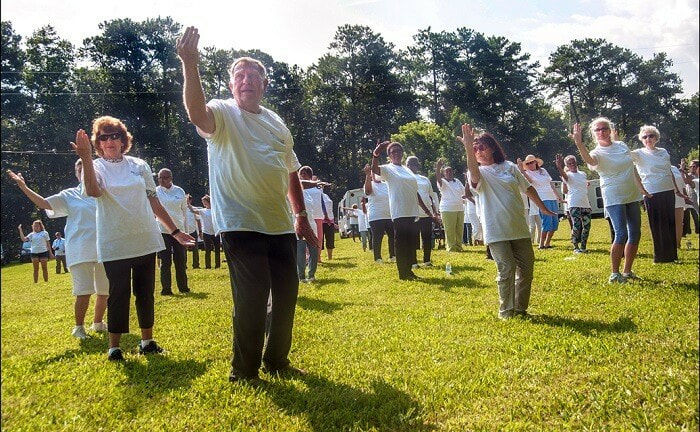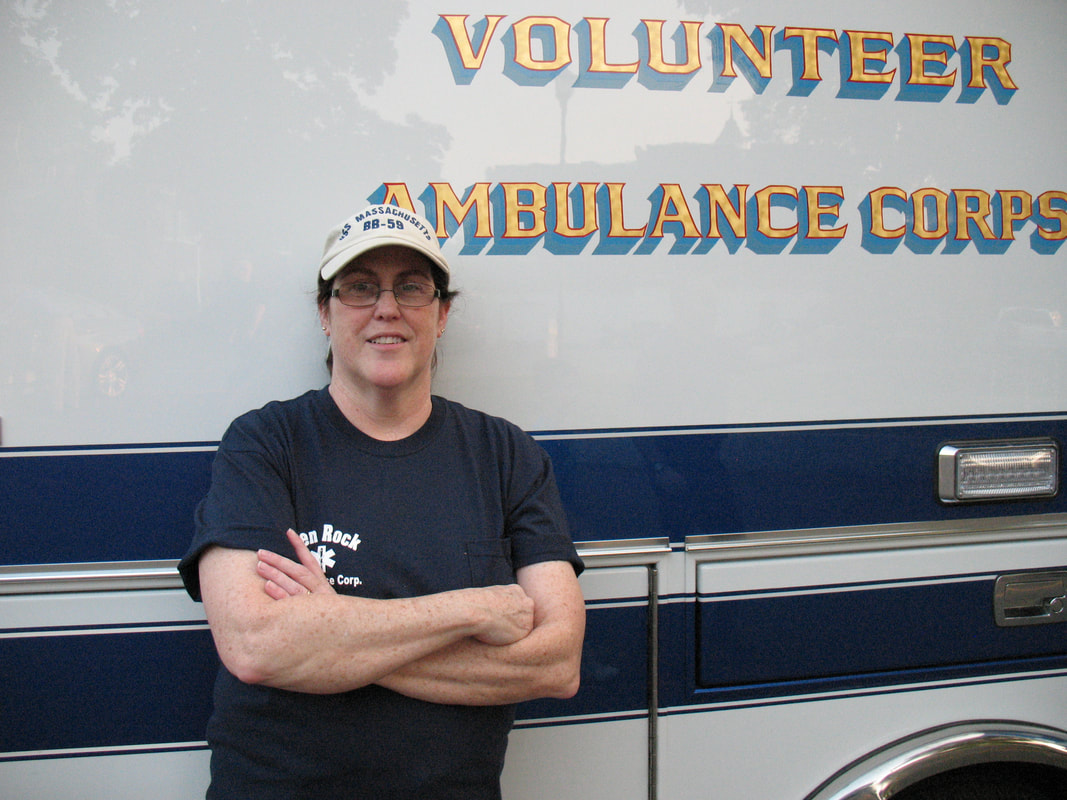How To Prevent Falls
At the GRVAC a large amount of our calls are the result of falls. People who fall from a standing position or who trip while walking are most at risk for hip fractures. Falling from a height (for example, falling from a ladder or down a staircase) often results in head trauma, rib fractures and other orthopedic injuries. As with crash injuries and other forms of trauma, falls represent a greater risk for the elderly.
Older people generally recover much more slowly from an injury. In addition, your medications can complicate the injury/recovery process. For example, people who have suffered a laceration may have trouble clotting if they are on blood thinners. Medications can also interfere with normal physiologic responses to injury.
Older people generally recover much more slowly from an injury. In addition, your medications can complicate the injury/recovery process. For example, people who have suffered a laceration may have trouble clotting if they are on blood thinners. Medications can also interfere with normal physiologic responses to injury.
|
Tips to Prevent Falls
Falls are not just the result of getting older. Many falls can be prevented. By making some changes, you can reduce your risk of falling.
|
|
If You Fall
First, don’t panic. If you lost consciousness prior to the fall, that may be a larger problem than the fall. However, if you’re able to move, ease yourself up on your elbows. Next, move into a comfortable position if pain allows. Hold onto a firm surface to support you. If you are dizzy or light headed, try not to stand since crawling may be safer. Turn yourself gently and sit on a firm surface. After you get up, take some time to recover from your fall. If you are bleeding and can not stop the blood you must get to a phone and call 911.
If you can’t get up after falling, try to get comfortable with a nearby pillow or cushion to place under your head. If possible, cover yourself with clothing or a tablecloth or rug to keep warm. If you can, shift your position to avoid getting pressure sores, and roll away from a cold, hot or damp area. Call for help. Try to attract attention by shouting or banging something. Use your phone to call 911 or Lifeline.
First, don’t panic. If you lost consciousness prior to the fall, that may be a larger problem than the fall. However, if you’re able to move, ease yourself up on your elbows. Next, move into a comfortable position if pain allows. Hold onto a firm surface to support you. If you are dizzy or light headed, try not to stand since crawling may be safer. Turn yourself gently and sit on a firm surface. After you get up, take some time to recover from your fall. If you are bleeding and can not stop the blood you must get to a phone and call 911.
If you can’t get up after falling, try to get comfortable with a nearby pillow or cushion to place under your head. If possible, cover yourself with clothing or a tablecloth or rug to keep warm. If you can, shift your position to avoid getting pressure sores, and roll away from a cold, hot or damp area. Call for help. Try to attract attention by shouting or banging something. Use your phone to call 911 or Lifeline.
For some, falls result in hurt feelings, skinned knees or broken bones. For others, falls can signal the beginning of lifestyle changes – or even lead to death. Because the natural aging process can affect vision, strength and balance, adults 65 and older are at elevated risk for falls, however falls are not a natural part of aging and can be prevented. Every 20 minutes an older adult dies from a fall, and many more are injured, according to the Centers for Disease Control and Prevention. CDC data indicates:
- More than one in four older adults falls every year; fewer than half tell their doctor
- 3 million older adults are treated in emergency departments each year for fall injuries
- More than 800,000 patients are hospitalized each year because of a fall injury, most often because of a head injury or hip fracture
Growing older doesn’t have to mean a loss of independence. By planning ahead and envisioning the future you want, you can identify simple steps that can make a big difference – here are some resources to help:
- Practice balance exercises at home. The National Institute on Aging at NIH makes it easy with its Go4Life program.
- Check your risk for falling: This CDC self-assessment test allows you to answer yes or no to each statement. Compute your score. Then, share the results with your doctor.
Talk to Your Doctor
Some medicines on their own or when combined with other medicines can affect balance and cause drowsiness, dizziness or a feeling of being light-headed. Vitamin D deficiency can increase fall risk. Talking to your doctor is the first step in figuring out your personal fall risk and what changes you can make to be safer. Ask your doctor or pharmacist to review you prescriptions and over-the-counter medications regularly, paying attention to tranquilizers, sedatives and antidepressants.
Frequent visits to the bathroom at night, when lights are off increase the risk of a fall. Talk to your doctor about irregular, frequent urination issues.
During a regular exam, be sure to check for foot pain and proper footwear.
Have your vision tested on an annual basis.
Walking aids can mean the difference between safely navigating your world or experiencing a fall doing what you love. Don’t be shy about talking to your doctor or physical therapist about the right device for you – including finding the proper fit.
Make Your Home Safer
While falls can occur anywhere, they most often occur at home. Try these tips to make your home safer:
- Remove clutter, small furniture, pet gear, electrical cords, throw rugs and anything else that might cause someone to trip
- Arrange or remove furniture so there is plenty of room for walking
- Add grab bars inside and outside of your bathtub or shower and next to the toilet
- Put railings on both sides of the stairs, and make sure stairs and hallways have good lighting
- Make sure outdoor areas are well lit and walkways are smooth and free of puddles/ice
While we all are aging every day, falls do not have to be a part of that process. Understanding fall risks is the first step to keeping our loved ones and ourselves safe.
This is a great article containing information on how to keep your areas safer. Please take the time to read it.
| slips___falls_during_winter_feb_2022.pdf |
* Information on this page comes from The National Institute of Health and CDC.
|
I have been riding since I was a youth member. My husband Art is a volunteer for the GRFD and we know how valuable our services are to Glen Rock. My work schedule is always changing so the GRVAC Chief and I arrange the duty schedule so I can make calls. To me, it is really rewarding to help our neighbors.
Joan Zanotti |


